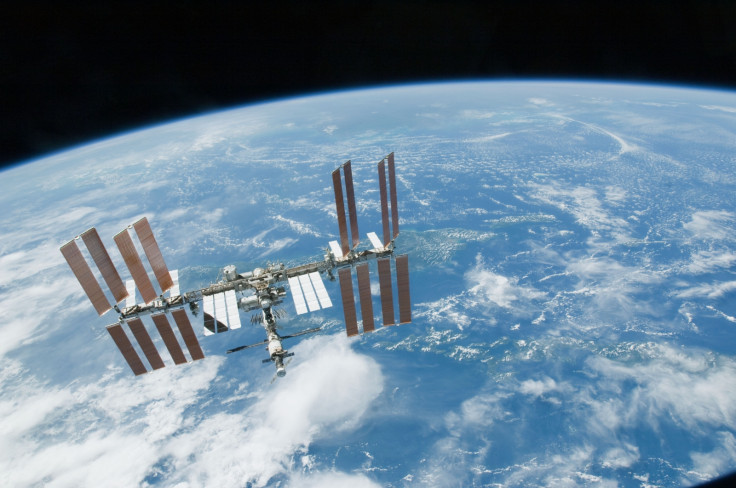NASA finally narrows down source of persistent air leak on the ISS
With assistance from experts, the team conducted a series of tests that involved the closure of several hatches around the ISS.
Being an astronaut is a dangerous profession which only a few dare to undertake. That is why candidates who are selected to become one are usually those who can work under a lot of pressure. Moreover, they should be willing to expose themselves to all the risks the comes along with the job. After several weeks of attempts to locate the cause of the air leak, the National Aeronautics and Space Administration (NASA) and the crew members on board the Internal Space Station (ISS) have reportedly pinpointed the source of the problem.
It was first reported late in 2019, but it was deemed a minor issue at the time. However, in the past few weeks, the air leak likely grew to a level that needed immediate attention, but the American space agency noted that it did not pose any immediate danger to the people aboard the ISS. It then coordinated with NASA Astronaut Chris Cassidy and Roscosmos cosmonauts Ivan Vagner and Anatoly Ivanishin to help investigate.
After a thorough analysis and search of the air leak at the International Space Station, the leak was located in the Zvezda Service Module containing scientific equipment.
— РОСКОСМОС (@roscosmos) September 29, 2020
The leak is localized in the working compartment of the service module. pic.twitter.com/CUJLuocBDa
With assistance from experts, the team conducted a series of tests that involved the closure of several hatches around the ISS. NASA then monitored the air pressure in each individual section for any notable changes and eventually discovered where it might be. After carefully studying the readings, it appears the air leak is somewhere within the main work area of the Zvezda Service Module.
This section of the ISS features living quarters for the crew. Moreover, it also houses communications, propulsion, and life support systems. "The crew is preparing for this weekend's arrival of the uncrewed Northrop Grumman Cygnus cargo craft which is scheduled for launch Thursday night from the agency's Wallops Flight Facility, Virginia, as well as the upcoming launch of the next trio of residents for the station," wrote NASA on their official blog.

The post continued: "NASA astronaut Kate Rubins and cosmonauts Sergey Ryzhikov and Sergey Kud-Sverchkov are at the Baikonur Cosmodrome in Kazakhstan, preparing for launch to the complex on Oct. 14." Reports point out that the ISS is not completely airtight. In fact, it regularly loses small amounts of gas which is then repressured with the help of nitrogen tanks regularly sent up by cargo spacecraft.
© Copyright IBTimes 2025. All rights reserved.





















